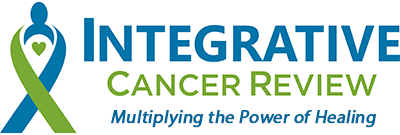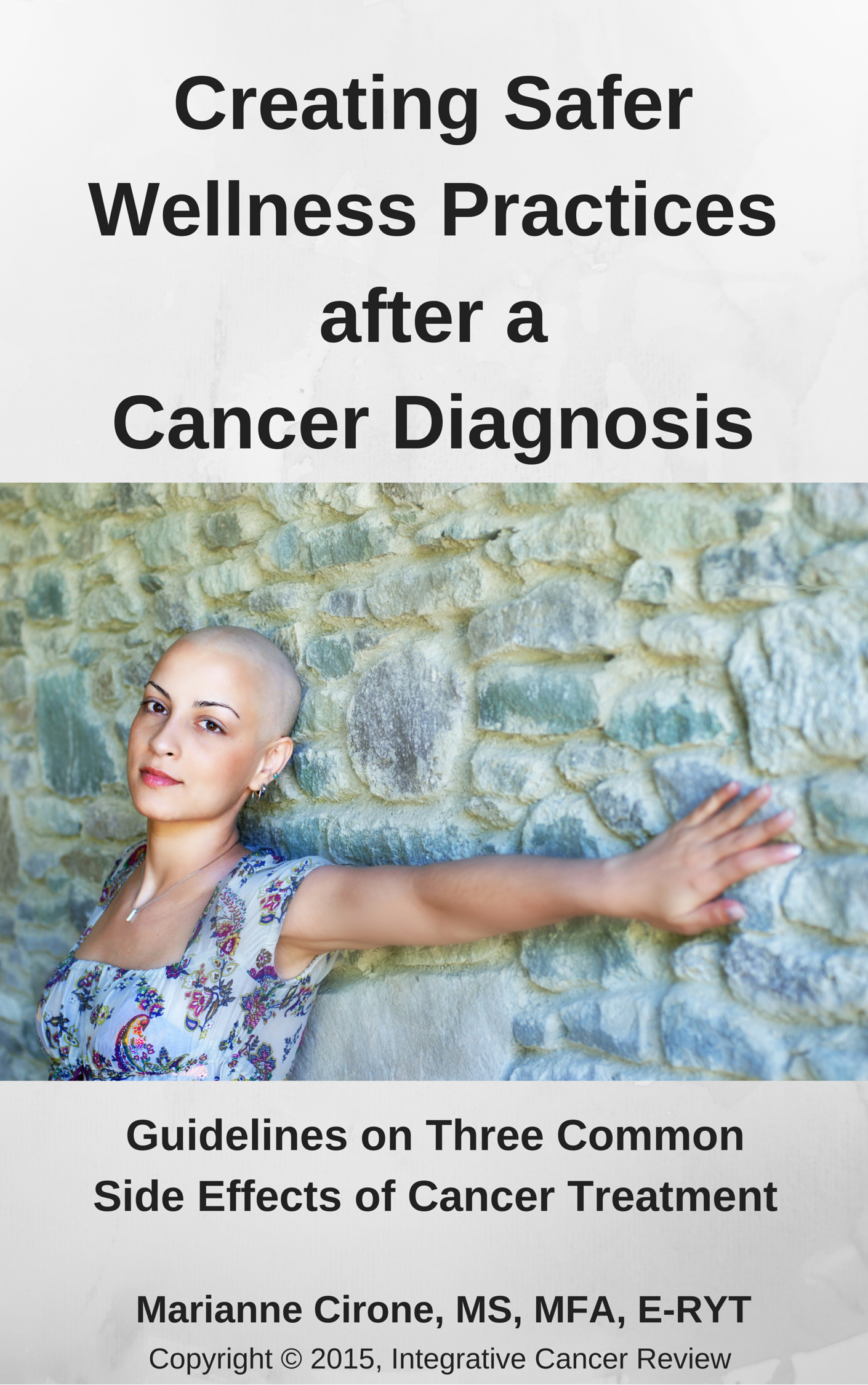But Can You Prove It?
One of the first recorded medical experiments took place in in 605 BC when Babylonian king Nebuchadnezzar compared two groups of youths: one that ate and drank only red meat and wine for three years, while the other group had only beans and water.
While they didn’t say which group enjoyed themselves more, at the endpoint, the group that had only beans and water was noticeably healthier.
While it may be debatable whether studies prove, suggest–or confound–we do know that in the last decade, we’ve seen an explosion of research on yoga, meditation, massage and other integrative or complementary therapies for cancer survivors, many showing very positive results.
For example, the initial small, but promising studies on yoga’s effects on fatigue, sleep and quality of life for cancer ten years ago have given way to large scale studies in major publications. PubMed, on online database which is part of the U.S. National Library of Medicine, lists 219 studies within the past ten years on meditation and cancer alone. The media pick up stories about the latest research findings—e.g., “Breast cancer survivors benefit from yoga”—but the significance of these studies may be more profound, or more complex, than meets the eye.
So, how do we go about evaluating the research and its sources? A little background helps to understand the roots of the research.
A Brief Overview of Biomedical Research and Resources
Biomedical research in general is accelerating, with industry funded-research such as pharmaceutical and biotech firms accounting for almost 60% of the expenditures and growth in the United States, according to a 2014 article in the New England Journal of Medicine. Clinical research and clinical trials refer to the inclusion of actual patients in the studies, bringing the pre-clinical lab studies into the public domain. The standards for clinical trials are both safety and efficacy, not as “absolute” measures, but as an evaluation of risk vs. reward.
For example, the side-effects tolerated for life threatening conditions like cancer would not be accepted for other types of conditions. Studies often involve multiple phases, from the lab to a group of human subjects. Observational studies, as those conducted in epidemiology, can lay the groundwork for clinical studies providing more compelling evidence, the gold standard of which is the Randomized, Controlled Trial, or RCT.
Research Resources
It’s often helpful to get a copy of the original study, as published to see the exact details of the research and findings, which may available online (sometimes for a fee) through the journal itself, through PubMed (www.ncbi.nlm.nih.gov/pubmed) or other medical databases. The Cochrane Library, an arm of the nonprofit organization dedicated to transforming the way health care decisions are made, is a collection of databases containing “high quality and independent evidence.” Many healthcare and educational institutions will have specialty librarians who can help sift through the mountains of data and help determine the quality of the resources.
The Government and Research Resources
As one might expect, the Federal government houses a complex hierarchy of departments dealing with healthcare. The Department of Health and Human Services (HHS) oversees a couple dozen agencies, including the National Institutes of Health (NIH) which manages 85% of the federal biomedical research funds. The NIH houses 26 additional agencies with their own agendas and logos, including the National Cancer Institute (NCI), the principal agency for cancer research and training, as well as the National Center for Complementary and Integrative Health (NCCIH).
Formerly known as National Center for Complementary and Alternative Medicine (NCCAM), the NCCIH, “uses rigorous science to determine the benefits of various integrative health practices and modalities,” and explains the name change as follows:
“Large population-based surveys have found that the use of “alternative medicine”—unproven practices used in place of conventional medicine—is actually rare. By contrast, integrative health care, which can be defined as combining complementary approaches into conventional treatment plans, has grown within care settings across the nation, including hospitals, hospices, and military health facilities.”
Yoga is one of the leading areas of research in integrative cancer therapies. The following NCCIH video provides a basic overview of the government’s viewpoint of the science behind yoga and some of their tips on the practice of yoga https://nccih.nih.gov/video/yoga. Beyond the general benefits of yoga, research increasingly shows support for specific practices that help people diagnosed with cancer to live a better life.
As more well-designed studies using modern science show the positive effects of the complementary practices and ancient wisdom, we will see an increase in the use and the refinement of integrative cancer care.



















